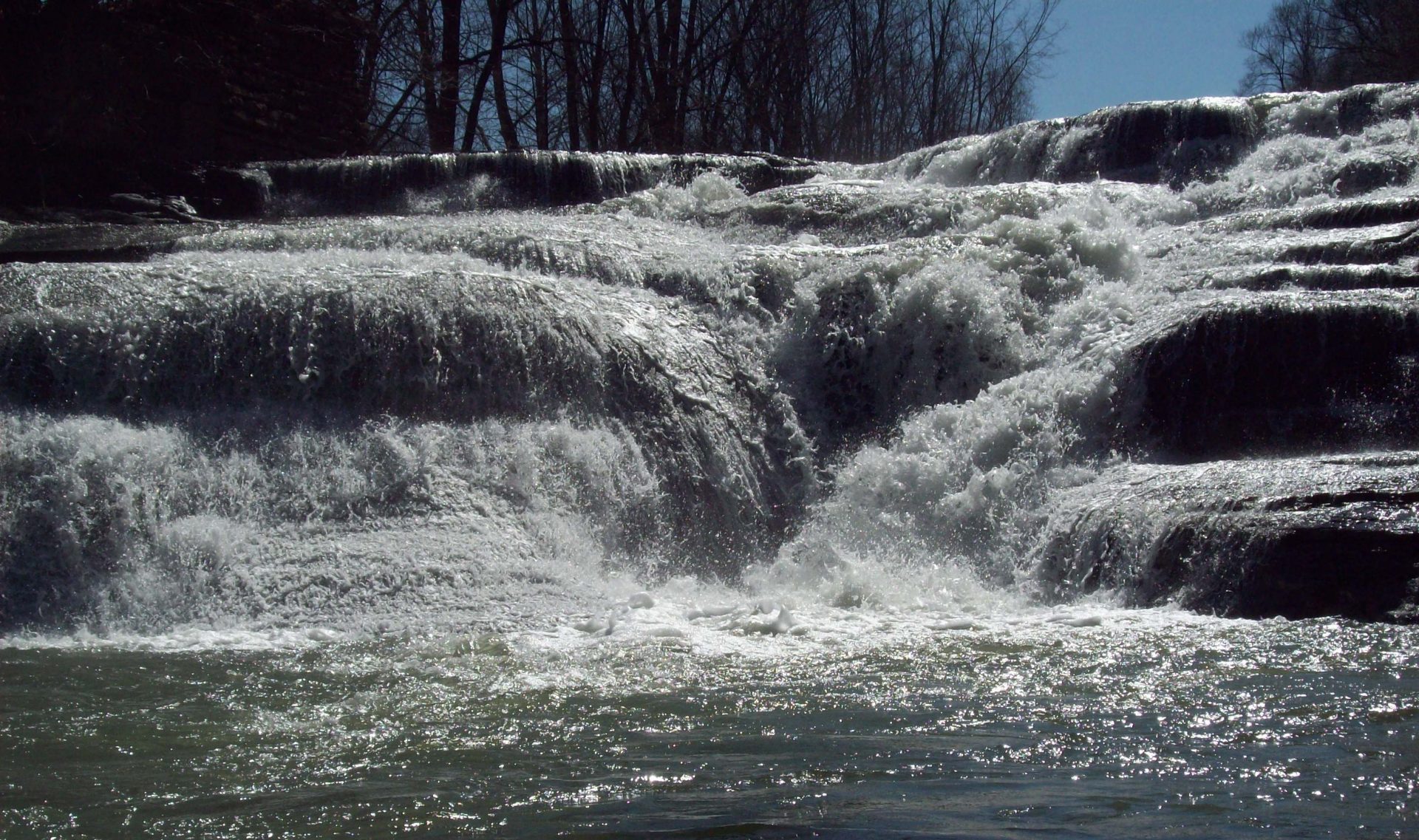By Rich Davenport, published February 15, 2022
On February 14, 2022, the NYSDEC released their final Black Bear harvest estimates for the 2021 Big Game Season, which showed a not surprising decline in harvest from previous seasons, but still showing high numbers indicating NY’s bear populations are thriving and healthy.
Data indicates that statewide, the 2021 Black Bear Harvest declines nearly 22% in total from the 2020 figures, coming in at 1,346 bruins, vs. the 1,723 bears taken in 2020. When breaking down the harvest by zone, the Northern Zone saw a larger decline than in the Southern Zone, recording 403 vs. last year’s total of 571. This decline, which represents a nearly 30% decline, was partially due to changes made to bear season in 2021 in the Adirondack WMUs, which simplified the season by expanding regular season to incorporate early archery/ bow and Muzzleloader seasons. Other Northern Zone WMUs were unaffected by the changes. Northern Zone declines against 5-year average, however, were just under 12%, which is more indicative of population health, and illustrates the impacts when tree nut production is low, such as acorns and hickory nuts. The Southern Zone, meanwhile, recorded 943 bruins harvested, down from the 2020 estimate of 1,152, a decline of only 18%, but the decline against 5-year average was only 9.2%, again indicating very health bear populations and illustrative of a lower tree nut yield in 2021. It is believed the large gypsy moth presence during the summer impacted tree nut production due to the damage caused to the leaves.
Throughout the state, there is generally an alternating pattern of high and low bear harvest from year to year, which is influenced by fluctuating patterns in cub production and food availability. Because bear harvest was greater than average in 2020, and because natural foods for bears were abundant this fall, biologists expected the bear harvest to decline slightly in 2021. However, warm weather through much of the early season likely coupled with the abundant food to reduce bear movements and thereby reduced bear harvest more than expected.
Across the state, the Catskills area continues to show the highest bear density, and in Wildlife Management Units (WMU) 3A, 3C, 3K, 3P, 4R, and 4W, hunters took more than 10 bears per 100 square miles. The highest harvest density occurred in WMU 3K, where 24.2 bears per 100 square miles was recorded. State bear management objectives are to maintain bear populations, but in the Catskills the objective is reduction to lower the bear-human conflicts that plague this area, which in part is due to bears moving north from New Jersey and Eastern PA.
The single day highest total of bears harvested occurred on November 20, opening day of big game regular season in the Southern Zone at 143 bruins, proving that expansion several years back to include black bear with the opening of deer season was a wise move in management of black bears in NY.
The heaviest bear reported taken this season came from Greene County, WMU 3A, weighing in at 560 lbs. dressed weight. In Region 9, the heaviest bear reported weighed 550 lbs. dressed and was harvested from the Town of Ischua, Cattaraugus County, WMU 9T.
Another notable fact about this year’s bear season is that 14% of bears harvested were done so by non-resident hunters, proving the move to allow non-residents to hunt NY bears was also wise.
Concerning reporting compliance, the NYSDEC estimates that 84% of hunters harvesting a bear reported their harvest to the HIP program, which means 16% did not. Although far better than the compliance seen concerning deer harvest (last year estimated at 45%), compliance was not 100%, which is required by law. Perhaps the same SNAFU with the phone in system impacted brought a negative experience to that 16% who opted not to report. This is something that a DEC tech tip hotline to report bugs in the platform would be of benefit.


